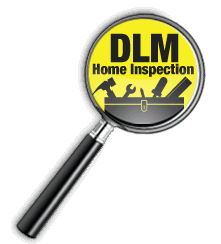Freezing temperatures can cause pipes to rupture resulting in significant water damage to your home. Most homes are safe if they are occupied but even in these homes, pipes located in an exterior wall can freeze in extreme cold situations.
If below-zero temperatures are expected, there are some simple steps you can perform to prevent damage. Kitchen sinks or bath vanities located on an exterior wall should have their cabinet doors left open to allow warm air to circulate inside of the cabinet. A slow, steady stream of water at a faucet can also prevent damage since moving water cannot freeze. Just make sure both the hot and cold side of the faucet are cracked open slightly to keep the water moving in both pipes.
If you are planning a trip that will leave your home empty for a long period of time, the best strategy is to have your plumbing system winterized. This involves turning off the main water supply valve, draining or “blowing-out” the water supply piping with air and adding anti-freeze to toilets and drain lines. If you are unfamiliar or uncomfortable with performing these procedures yourself, a plumbing company can do this for you fairly easily. It is best to have the same company turn the system back on, things can go wrong. A reputable plumbing contractor will repair any damage that occurs for no additional cost.
If your pipes do freeze, turn off the main water valve to your home to to relieve system pressure. If you know where the pipe is frozen and can access it easily, a hair dryer can warm the water and eliminate the blockage. Never use an open flame to thaw frozen pipes. If the pipe does expand and split, call a plumbing contractor to repair the damage before the main water supply is turned back on.
